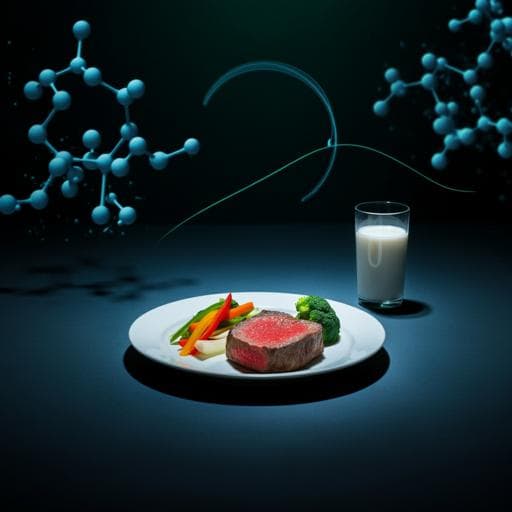
Food Science and Technology
Estimated human intake of endogenous and exogenous hormones from beef in the United States
R. Thilakaratne, R. Castorina, et al.
This groundbreaking study by Ruwan Thilakaratne and colleagues investigates the daily intake of hormonal growth promotants (HGPs) from beef among the US population. While the majority of intake remains low, the highest hazard quotients for melengestrol acetate (MGA) raise concerns—particularly among young boys—highlighting the need for further examination of health risks during sensitive developmental phases.
~3 min • Beginner • English
Related Publications
Explore these studies to deepen your understanding of the subject.







